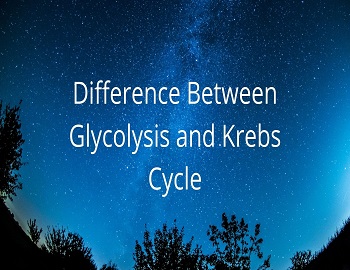Table of Contents
Adsorption-Types and Applications:
What is Adsorption?
The molecules or ions present at the surface of a solid do not have all their valencies satisfied and as a result of this unsaturation, they tend to satisfy the residual forces by attracting and retaining the molecules of a gas or dissolved substance with which they come into contact. This phenomenon of adhesion of gases or liquids on the surface of a solid without any penetration into the bulk phase is known as Adsorption. It may also be defined as the phenomenon of having a higher concentration of gases or liquids on the surface of a solid than in the bulk phase.
Types of Adsorption:
Various types of adsorptions are based upon-
(i) On the basis of Concentration-
- Positive Adsorption- In this type of adsorption, the concentration of adsorbate is more on the surface of adsorbent than in its bulk. Example- agitation of concentrated KCl solution with blood charcoal.
- Negative Adsorption- In this type of adsorption, the concentration of adsorbate is less on the surface of adsorbent than in its bulk. Example- agitation of a dilute solution of KCl with bone charcoal.
(ii) On the basis of nature of forces present between the Adsorbate and the Adsorbent-
- Physical Adsorption (Physicosorption)- In this type of adsorption, the molecules of adsorbate are held on the surface of adsorbent by weak van der Waal’s forces (physical forces). Due to the weak nature of these forces, this type of adsorption can be easily reversed by increasing the temperature or by reducing the pressure of the gas. Example- adsorption of gases (N2, H2, etc.) on the surface of metal catalysts (Ni, Pd, Pt, etc.) and activated charcoal.
- Chemical Adsorption (Chemisorption or Langmuir Adsorption)- In this type of adsorption, the molecules of adsorbate are held on the surface of adsorbent by forces which are as strong as the usual chemical bonds (example- covalent bond, ionic bond etc.) leading to the formation of surface compounds and so is of more permanent nature. It may or may not be reversed by an increase in temperature or lowering in pressure. Example- adsorption of Co on tungsten (W).
Applications of Adsorption:
Some of the important application of adsorption are as follows-
- Softening of Hard Water– Hard water is made soft on a large scale by using sodium zeolite (Permutit) as adsorbent on the surface of which Ca2+ and Mg2+ ions which make the water hard gets adsorbed and the water is thus softened.
- Gas Masks- During wartime and in mines gas masks are used which contain a series of adsorbents like activated charcoal, silica gel, MgCO3, Al2O3 etc. which adsorb poisonous and toxic gases from the atmosphere to purify the air for breathing.
- Removal of Colouring Matter- Activated animal charcoal is used as an adsorbent for removing the colouring matter of cane sugar juice and vegetable oils used for making vanaspati ghee.
- Creation of High Vacuum- Coconut charcoal is used to adsorb air and other gases from the atmosphere in order to create the high vacuum necessary for carrying certain reactions.
- Removal of Moisture- Silica gel is used as an adsorbent for adsorbing moisture from the storage where delicate instruments are to be kept to prevent their corrosion.
- Heterogeneous Catalytic Reactions- Adsorption plays an important role in heterogeneous catalytic reactions in industry. The rate of reaction becomes faster when a catalyst is used because a larger number of molecules of the reactants get adsorbed on the surface of a catalyst which leads to an increase in the concentration of reactants. As a result of this, the fraction of effective molecular collisions increase. Example- manufacture of NH3 i.p.o finely divided Fe as a catalyst.
- Dyeing of Clothes- In the textile industry, mordants (like Potash Alum, Oxalic acid etc.) are used in dyeing which adsorbs dye particles (colour) and then helps it in fixing on the surface of a cloth.
- Chromatography- Chromatographic techniques used for the separation and purification of organic compounds from a given mixture are based on the selective adsorption of different substances by the adsorbent.
- Drugs- Many life-saving drugs get adsorbed on the surface of germs or affected tissues and thus kill them.
- Use of Adsorption Indicators- Many dyes such as fluorescein can be used as adsorption indicator in silver nitrate precipitation titrations. At the completion of the titration, the ions produced by the dye in the solution get adsorbed onto the precipitates of silver halide and undergo a colour change.









Comments (No)